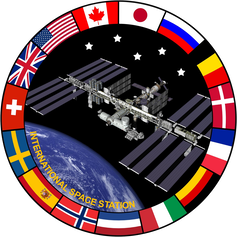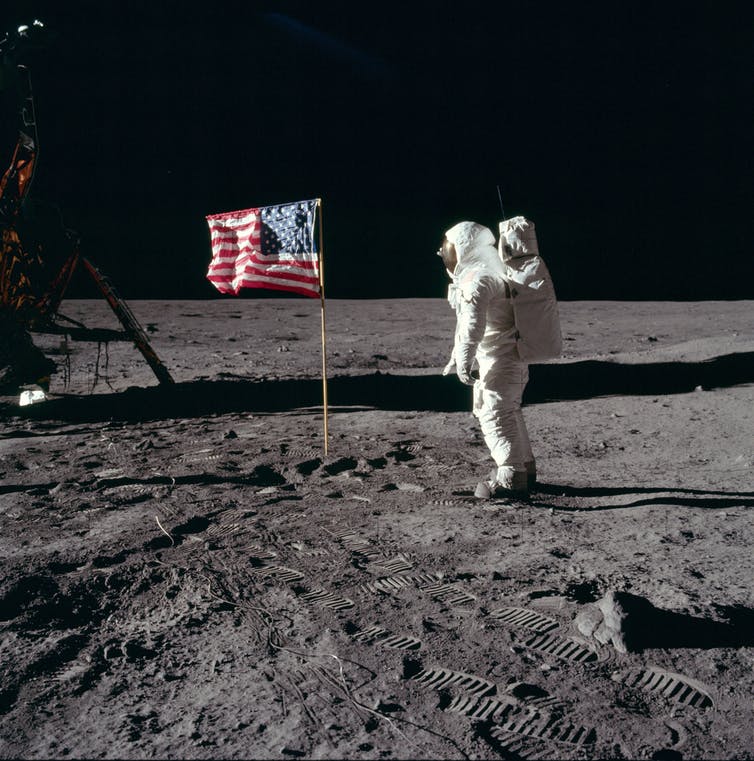Even during times of conflict on the ground, space has historically been an arena of collaboration among nations. But trends in the past decade suggest that the nature of cooperation in space is shifting, and fallout from Russia’s invasion of Ukraine has highlighted these changes.
I’m an international relations scholar who studies power distributions in space – who the main players are, what capabilities they possess and whom they decide to cooperate with. Some scholars predict a future in which single states pursue various levels of dominance, while others foresee a scenario in which commercial entities bring nations together.
But I believe that the future may be different. In the past few years, groups of nations with similar strategic interests on Earth have come together to further their interests in space, forming what I call “space blocs.”

The International Space Station is the quintessential example of international collaboration in space.
NASA via WikimediaCommons
From state-led space efforts to collaboration
The U.S. and the Soviet Union dominated space activities during the Cold War. Despite tensions on the ground, both acted carefully to avoid causing crises and even cooperated on a number of projects in space.
As more countries developed their own space agencies, several international collaborative groups emerged. These include the United Nations Office for Outer Space Affairs, the United Nations Committee on the Peaceful Uses of Outer Space and the Consultative Committee for Space Data Systems.
In 1975, 10 European nations founded the European Space Agency. In 1998 the U.S. and Russia joined efforts to build the International Space Station, which is now supported by 15 countries.
These multinational ventures were primarily focused on scientific collaboration and data exchange.
The emergence of space blocs
The European Space Agency, which now includes 22 nations, could be considered among the first space blocs. But a more pronounced shift toward this type of power structure can be seen after the end of the Cold War. Countries that shared interests on the ground began coming together to pursue specific mission objectives in space, forming space blocs.
In the past five years, several new space blocs have emerged with various levels of space capabilities. These include the African Space Agency, with 55 member states; the Latin American and Caribbean Space Agency, with seven member states; and the Arab Space Coordination Group, with 12 Middle Eastern member states.
These groups allow for nations to collaborate closely with others in their blocs, but the blocs also compete with one another. Two recent space blocs – the Artemis Accords and the Sino-Russian lunar agreement – are an example of such competition.




